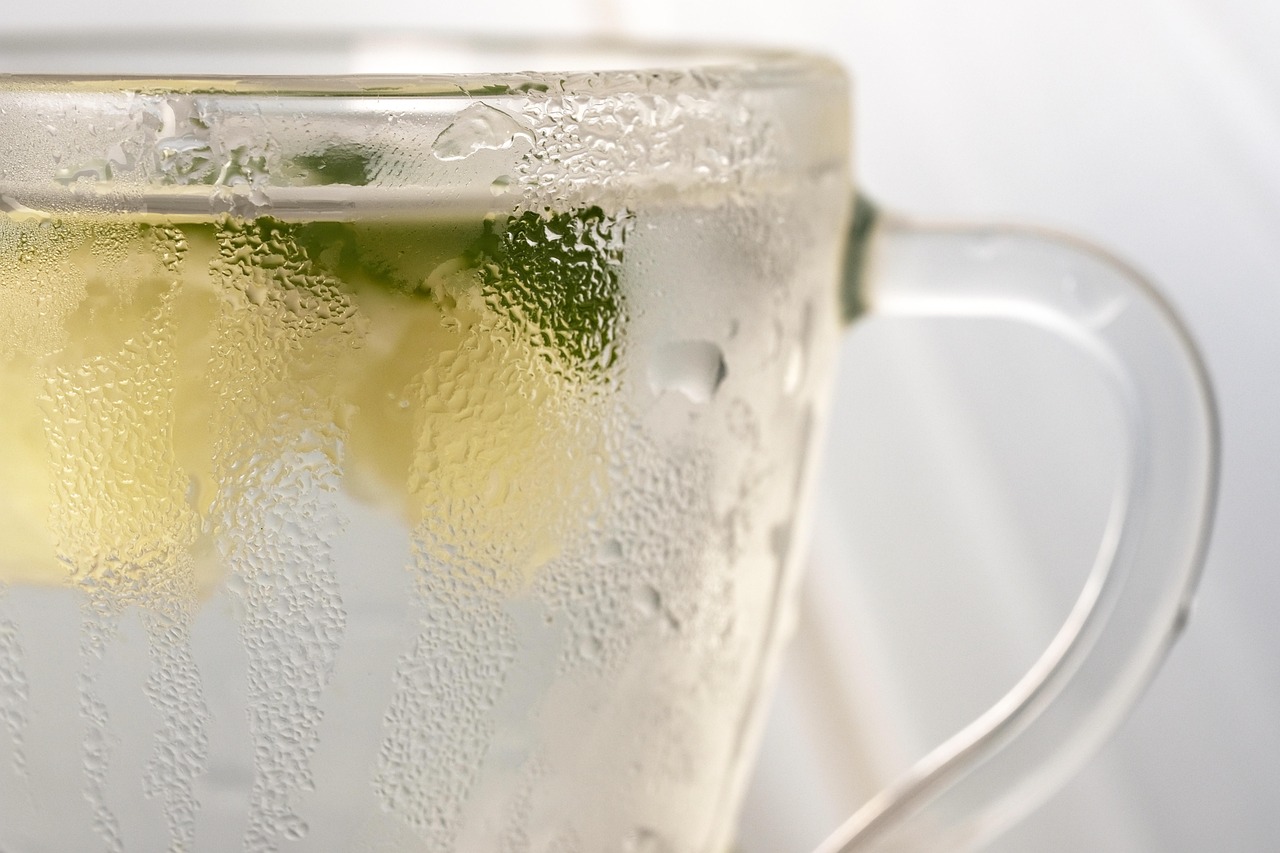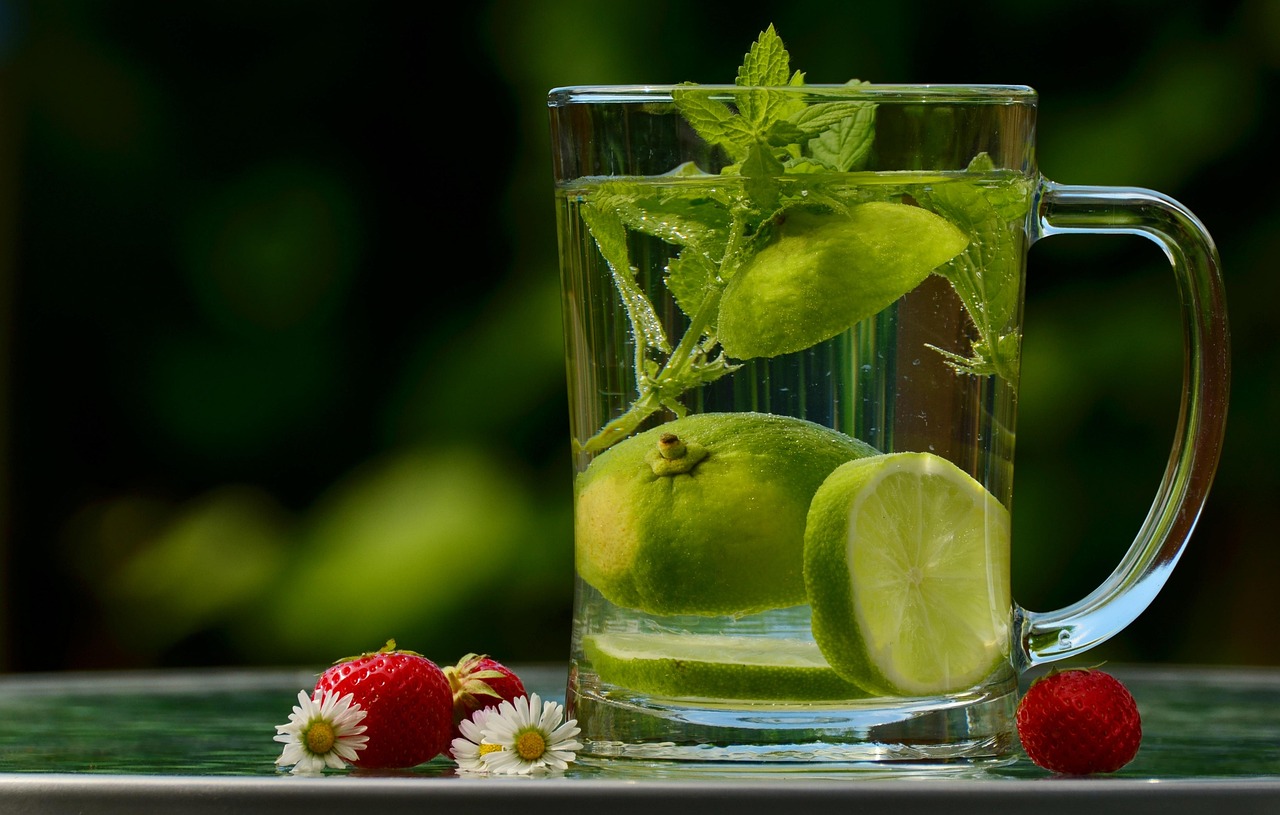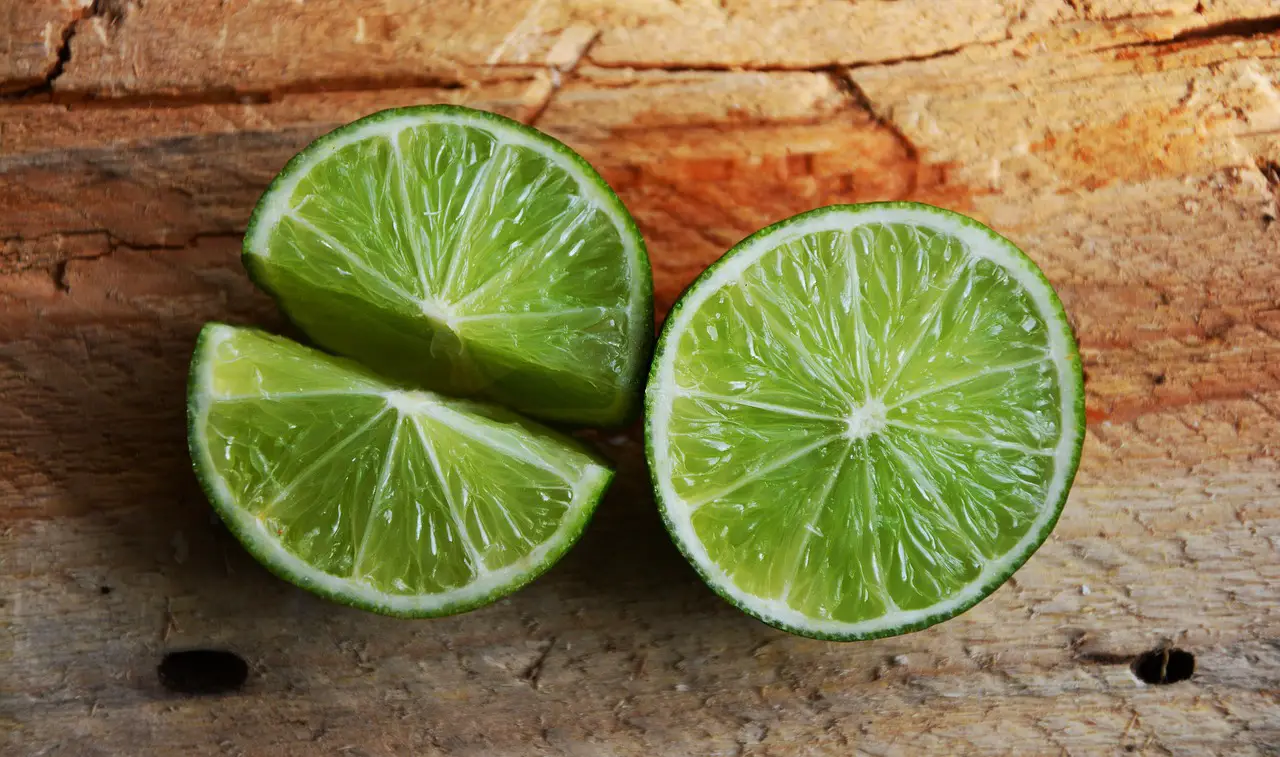Pruning lime trees in potted gardens is essential for promoting healthy growth, improving fruit quality, and maintaining the desired shape. Regular pruning helps manage the size of the tree, encourages air circulation, and prevents disease.
Lime trees are popular among gardeners for their fragrant flowers and delicious fruits. When grown in pots, these trees offer flexibility and can be moved to optimize sunlight exposure. However, growing lime trees in containers presents unique challenges, particularly regarding space and growth management. Pruning becomes a vital practice to ensure that these trees thrive in limited conditions.

Understanding the right techniques for pruning lime trees can significantly enhance their health and productivity. Proper pruning can help control the tree’s height and shape, allowing for more manageable care while also promoting better fruit production. Lime trees generally require regular maintenance to keep them healthy and fruitful.
Why Prune Lime Trees?
Pruning lime trees serves several important purposes. Here are some key reasons to consider:
- Encourages Healthy Growth: Pruning helps remove dead or diseased branches. This process allows the tree to focus its energy on healthy growth.
- Improves Air Circulation: By thinning out dense foliage, pruning increases airflow throughout the tree, reducing the risk of fungal diseases.
- Enhances Light Penetration: Properly pruned trees receive better light exposure, which is crucial for photosynthesis and fruit development.
- Controls Size: Keeping lime trees at a manageable height is essential for container gardening. Regular pruning helps maintain their size.
- Promotes Better Fruit Quality: Pruning encourages the growth of stronger branches, which can support heavier fruit loads.
In addition to these benefits, pruning lime trees can also improve their aesthetic appeal. A well-shaped tree can enhance the overall look of your garden or patio, making it a focal point of interest.

Basic Pruning Tools
Before beginning the pruning process, it is essential to have the right tools. Here is a list of basic tools you might need:
- Hand Pruners: Ideal for cutting small branches and stems.
- Loppers: Useful for cutting thicker branches that are too large for hand pruners.
- Pruning Saw: Necessary for larger branches that require more power.
- Gloves: Protect your hands from thorns and sharp edges while working.
- Disinfectant: Use to clean tools before and after pruning to prevent disease spread.
Having these tools ready will make the pruning process smoother and more efficient. Each tool serves a specific purpose and should be chosen based on the size of the branches you plan to cut.
When to Prune Lime Trees
The timing of pruning is crucial for the health of your lime tree. Generally, the best time to prune lime trees is during their dormant season, which typically falls in late winter to early spring. This timing minimizes stress on the tree and allows it to heal before new growth begins.

However, light pruning can be done throughout the growing season, especially to remove any dead or unhealthy parts. Here are some specific timing guidelines:
| Season | Action | Notes |
|---|---|---|
| Late Winter | Main Pruning | Focus on removing dead or diseased wood. |
| Spring | Light Pruning | Trim back any excess growth as needed. |
| Summer | Maintenance Pruning | Remove any suckers or overcrowded branches. |
| Fall | Avoid Pruning | This is a critical growing period; avoid heavy pruning. |
Recognizing these seasonal patterns will help you determine when to prune your lime tree for optimal results. By aligning your pruning schedule with the tree’s natural growth cycle, you promote healthier development and better fruit production.
Understanding these aspects of pruning lime trees is crucial for any gardener looking to cultivate these vibrant plants in pots. With the right techniques and timing, you can enjoy thriving lime trees that provide beauty and delicious fruit for years to come.

Techniques for Pruning Lime Trees
Pruning lime trees effectively requires understanding different techniques that can help shape the tree and promote healthy growth. Each technique has its purpose and should be employed based on the specific needs of your tree.
Thinning Cuts
Thinning cuts involve removing entire branches at their point of origin. This technique helps to open up the canopy, allowing more light and air to reach the inner parts of the tree. Here are some key points about thinning cuts:
- Improves Airflow: Enhancing air circulation reduces the likelihood of disease.
- Increases Light Penetration: Allows sunlight to reach lower leaves and fruit.
- Enhances Shape: Maintains a balanced structure, preventing overcrowding.
When making a thinning cut, ensure that you choose a branch that is weaker or growing inward, as this will help direct growth outward and upward.
Heading Cuts
Heading cuts involve cutting back a branch to a bud or lateral branch. This technique encourages bushier growth and can be useful for controlling the height of the tree. Consider the following aspects:
- Encourages New Growth: New shoots will emerge from the cut site, promoting a fuller appearance.
- Controls Height: Helps manage the size of the tree, which is particularly important in potted plants.
- Shapes the Tree: You can create a more aesthetically pleasing form by directing growth in specific directions.
When performing heading cuts, aim to cut just above a healthy bud. This will encourage growth in that direction and help maintain the overall shape of the lime tree.
Specific Pruning Techniques for Potted Lime Trees
Potted lime trees have unique requirements due to their limited space. Here are some specific techniques tailored to their needs:
Crown Reduction
Crown reduction is necessary when the tree becomes too tall or wide for its pot. This technique involves removing the upper branches to reduce the overall height. Here’s how to approach crown reduction:
- Select Branches: Identify the tallest branches that need reduction.
- Make Clean Cuts: Use sharp tools to ensure clean cuts, which help the tree heal faster.
- Aim for Balance: Maintain a symmetrical look by reducing branches evenly around the crown.
Suckers and Water Sprouts Removal
Suckers are shoots that grow from the base of the tree or roots. Water sprouts are vigorous shoots that grow straight up from branches. Both can divert energy from fruit production. Here’s how to manage them:
- Regular Inspection: Check your tree regularly for suckers and water sprouts.
- Remove Promptly: Cut these off as soon as you notice them to prevent energy loss.
- Use Proper Technique: Cut suckers at their base to ensure they do not regrow.
How to Prune Lime Trees Step-by-Step
Following a systematic approach to pruning will help ensure you cover all necessary areas without over-pruning your tree. Here’s a step-by-step guide:
- Gather Tools: Collect all necessary tools like hand pruners, loppers, gloves, and disinfectant.
- Inspect the Tree: Examine your lime tree for dead, diseased, or crowded branches.
- Make Thinning Cuts: Begin by removing any dead or diseased branches with thinning cuts.
- Perform Heading Cuts: Shape the tree by making heading cuts on longer branches to promote bushier growth.
- Remove Suckers and Water Sprouts: Eliminate any unwanted growth at the base or along branches.
- Clean Up: Make sure to clean your tools after finishing to prevent disease spread.
This systematic approach not only ensures that you prune effectively but also helps maintain a healthy environment for your lime tree. Regular pruning following these steps will contribute to better growth and fruit production over time.
Common Mistakes to Avoid When Pruning
Certain mistakes can hinder the health of your lime tree. Being aware of these common pitfalls can help you achieve better results:
- Over-Pruning: Removing too much foliage can stress the tree and reduce fruit production.
- Poor Timing: Pruning at the wrong time can lead to damage during critical growth periods.
- Neglecting Tools Maintenance: Using dull or dirty tools can introduce diseases and make cutting harder.
- Lack of Planning: Not having a clear plan can lead to uneven cuts and an unbalanced tree shape.
Avoiding these mistakes will ensure that your lime trees remain healthy and productive in their potted environment.
Post-Pruning Care for Lime Trees
After pruning your lime tree, it is crucial to provide proper care to ensure that it recovers well and continues to thrive. This phase of care can significantly affect the overall health and productivity of your tree.
Watering Practices
Watering is a vital aspect of post-pruning care. When you prune, you may remove a significant portion of the foliage, which can affect the tree’s ability to absorb water. Here are some important considerations:
- Immediate Watering: Water the tree lightly after pruning to help reduce shock and support new growth.
- Monitor Soil Moisture: Check the soil regularly. The top inch should be dry before watering again.
- Avoid Overwatering: Ensure drainage is adequate. Overwatering can lead to root rot and other diseases.
By maintaining proper watering habits, you can help your lime tree recover quickly and encourage healthy new growth.
Fertilization After Pruning
Fertilization plays a key role in helping your lime tree bounce back after pruning. Nutrients are essential for supporting new growth and fruit production. Consider the following tips for fertilization:
- Use a Balanced Fertilizer: Opt for a fertilizer specifically formulated for citrus trees. Look for NPK ratios like 5-2-6.
- Timing: Apply fertilizer about a month after pruning to give the tree time to adjust before adding nutrients.
- Follow Package Instructions: Ensure you adhere to the recommended application rates to avoid over-fertilization.
With appropriate fertilization, your lime tree will have the nutrients necessary for vigorous growth and fruit production.
Pest and Disease Management
Pruning can expose lime trees to pests and diseases, so it’s essential to monitor them closely after pruning. Here are some steps to manage potential problems:
Common Pests
Lime trees can be susceptible to various pests. Here are a few common ones:
- Aphids: Tiny insects that feed on new growth, causing curling leaves.
- Scale Insects: These pests appear as small bumps on branches and leaves, sucking sap from the tree.
- Spider Mites: Microscopic pests that thrive in dry conditions, leading to stippled leaves.
To manage pests effectively, consider using organic insecticidal soaps or neem oil. Regular inspections will help catch infestations early.
Disease Prevention
Diseases can also affect lime trees, especially after pruning. Here are some common diseases to watch for:
- Citrus Canker: Characterized by lesions on leaves and stems, causing defoliation.
- Root Rot: Often caused by overwatering or poor drainage, leading to wilting and yellowing leaves.
- Powdery Mildew: A fungal disease that appears as white powdery spots on leaves.
Keep the tree healthy by ensuring proper air circulation and avoiding overhead watering. If you suspect a disease, consult a local extension service or garden center for treatment options.
The Importance of Regular Maintenance
Regular maintenance is crucial for keeping your potted lime trees healthy. Besides pruning, there are several practices to incorporate into your care routine:
Repotting
Potted lime trees may outgrow their containers over time. Here’s how to determine when to repot:
- Root Bound Signs: If roots are growing out of the drainage holes or circling the top of the soil, it’s time to repot.
- Selecting New Pots: Choose a pot that is 1-2 inches larger in diameter than the current one.
- Repotting Timing: The best time to repot is in early spring before new growth begins.
This practice not only gives roots more room but also refreshes the soil, providing new nutrients.
Pest Audits
Conducting regular pest audits is essential for maintaining your lime tree’s health:
- Visual Inspections: Examine leaves and stems weekly for signs of pests or disease.
- Treat Early: Address any issues as soon as they arise to prevent escalation.
- Cultural Practices: Remove fallen leaves and debris around the pot to reduce pest habitats.
By keeping a close eye on your lime tree, you will be able to catch problems early and maintain its health effectively.
Seasonal Adjustments for Potted Lime Trees
The care requirements for potted lime trees can change with the seasons. Adapting your practices will enhance their resilience throughout the year.
Summer Care
During the summer, potted lime trees require more frequent watering due to increased heat and sunlight exposure. Here are some summer care tips:
- Adequate Watering: Water more frequently while ensuring good drainage.
- Shelter from Intense Sunlight: Provide partial shade during peak heat hours if necessary.
- Pest Monitoring: Check regularly for pests that thrive in warm weather.
Winter Care
In winter, lime trees may go dormant, requiring different care strategies:
- Reduce Watering: Cut back on watering as the tree’s growth slows down.
- Avoid Frost Damage: If temperatures drop below freezing, bring potted trees indoors or provide protection.
- Dormant Pruning: Consider light pruning during winter if necessary to shape the tree without stressing it.
Adhering to these seasonal adjustments will ensure that your potted lime trees remain healthy and productive throughout the year.
Advanced Techniques for Enhancing Lime Tree Growth
In addition to the basic pruning techniques and care practices discussed, there are advanced strategies that can significantly enhance the growth and yield of potted lime trees. Implementing these techniques will help you achieve a thriving garden.
Grafting Techniques
Grafting is an advanced horticultural technique that involves joining two plants together so that they grow as one. This method can be beneficial for lime trees in several ways:
- Improved Disease Resistance: Grafting onto disease-resistant rootstocks can help protect your lime tree from common soil-borne diseases.
- Enhanced Growth: Some rootstocks can promote faster growth and improved fruit production.
- Varietal Diversity: Grafting allows you to grow multiple lime varieties on a single tree.
For successful grafting, ensure that both the rootstock and scion (the top part of the graft) are compatible. Timing is also essential; spring is typically the best time to perform grafting.
Using Growth Regulators
Plant growth regulators (PGRs) can help manage the growth of potted lime trees. These substances can improve fruit set and enhance overall tree vigor. Here’s how to use them effectively:
- Research Products: Choose PGRs specifically formulated for citrus trees.
- Follow Instructions: Always adhere to the manufacturer’s guidelines for application rates.
- Monitor Effects: Observe how your tree responds to PGRs and adjust use accordingly.
By using growth regulators judiciously, you can optimize the health and productivity of your lime tree.
Environmental Factors Influencing Lime Tree Health
The environment in which your potted lime tree grows plays a significant role in its health and productivity. Understanding these factors can help you create the ideal conditions for your tree.
Light Requirements
Lime trees thrive in bright, direct sunlight. Here are some light-related tips:
- Optimal Placement: Position your potted lime tree where it can receive at least 6-8 hours of sunlight daily.
- Rotate the Pot: Rotate your pot periodically to ensure all sides of the tree receive equal light exposure.
- Adjust for Seasons: Be prepared to move the pot indoors or provide additional light during winter months when sunlight is limited.
Temperature Considerations
Lime trees prefer warm temperatures. Here’s how to manage temperature for optimal growth:
- Avoid Extreme Cold: Protect your tree from frost by bringing it indoors when temperatures drop below 50°F (10°C).
- Avoid Extreme Heat: During summer, ensure adequate hydration and consider partial shade during peak heat hours to prevent sunburn.
- Stable Conditions: Aim to maintain consistent temperatures; avoid placing the tree near heat sources or air conditioners that could cause fluctuations.
Humidity Levels
Lime trees prefer moderate humidity levels. Here are some tips to manage humidity:
- Misting: Lightly mist the leaves occasionally, especially in dry indoor environments.
- Humidity Trays: Place a tray filled with water and pebbles beneath the pot to increase humidity around the tree.
- Avoid Drafts: Keep the tree away from drafty areas that could lead to rapid humidity loss.
Final Thoughts
Potted lime trees can be a delightful addition to your home or garden. With proper pruning, care, and maintenance, these trees can thrive and produce abundant fruit. Remember that each lime tree is unique in its needs, so be observant and responsive to its specific requirements.
The key takeaways from this guide include understanding proper pruning techniques, recognizing seasonal care adjustments, and being aware of environmental factors that affect growth. Implementing advanced strategies such as grafting and using growth regulators can further enhance your tree’s health and productivity.
By integrating these practices into your gardening routine, you will not only cultivate healthy lime trees but also enjoy the fruits of your labor for years to come. Happy gardening!
